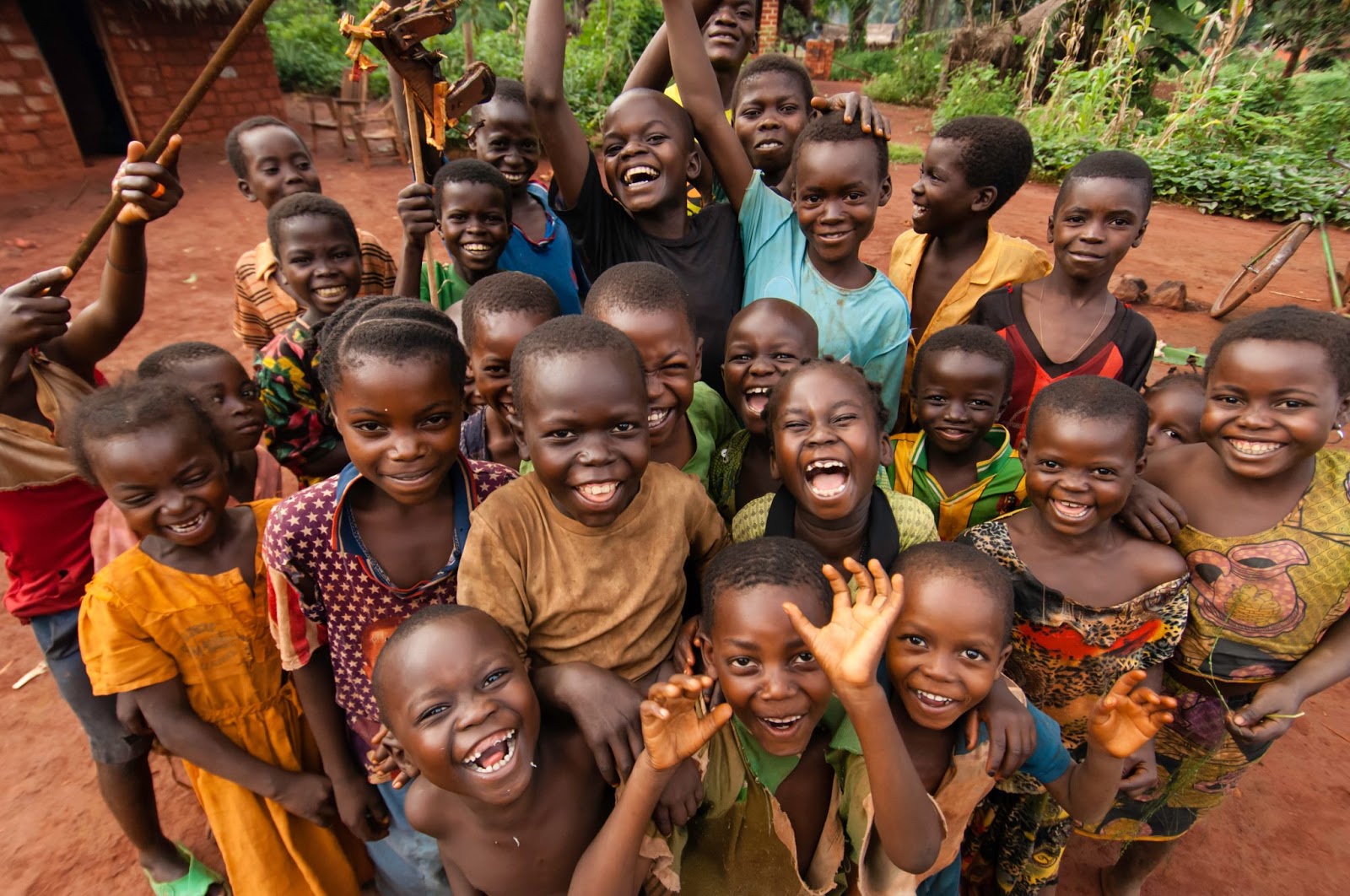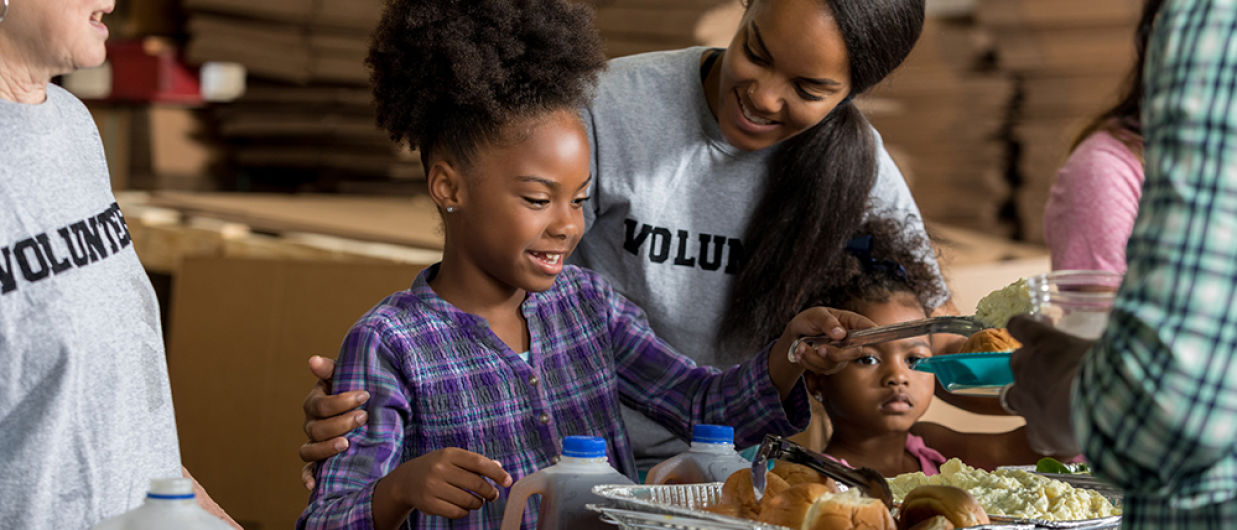ENCOUNTER BOLIVIA
Authentic South American Voluntary
A LIVING CULTURE
TO BE DISCOVERED
Bolivia, landlocked at the heart of Andean Latin America, remains something of a well-kept secret. Throughout the country’s colonial history, Bolivia was known as ‘Upper Peru’ until after Simon Bolivar led the country to independence in 1825 when it was named in his honor. Today, those who venture beyond the mass tourism of neighboring, modern-day Peru will find a country offering a far more authentic take on Latin culture. While upscale hotels and international-standard restaurants exist, there are also plenty of long bus journeys along with mountain passes, rough-and-tumble jeep trips across empty landscapes, and chilly nights in low-frills hotels under llama-wool blankets. The infrastructure may need some work, but the country’s innate charm lies in its staggering breadth of contrasts: the clash of indigenous and European culture, the sweep of the landscape from jungle to high-altitude mountains, and the diversity of activities from adrenaline sports to ancient monuments. With around two-thirds of the indigenous origin population, the authentic culture has not been watered down. Native religions, dialects, clothes, music, and medicines all form part of the daily life on the street. While the Spanish influence is vital in the colonial architecture, most notably in Sucre, Bolivia has remained close to its roots, electing its first-ever indigenous president, Evo Morales, in December 2005.
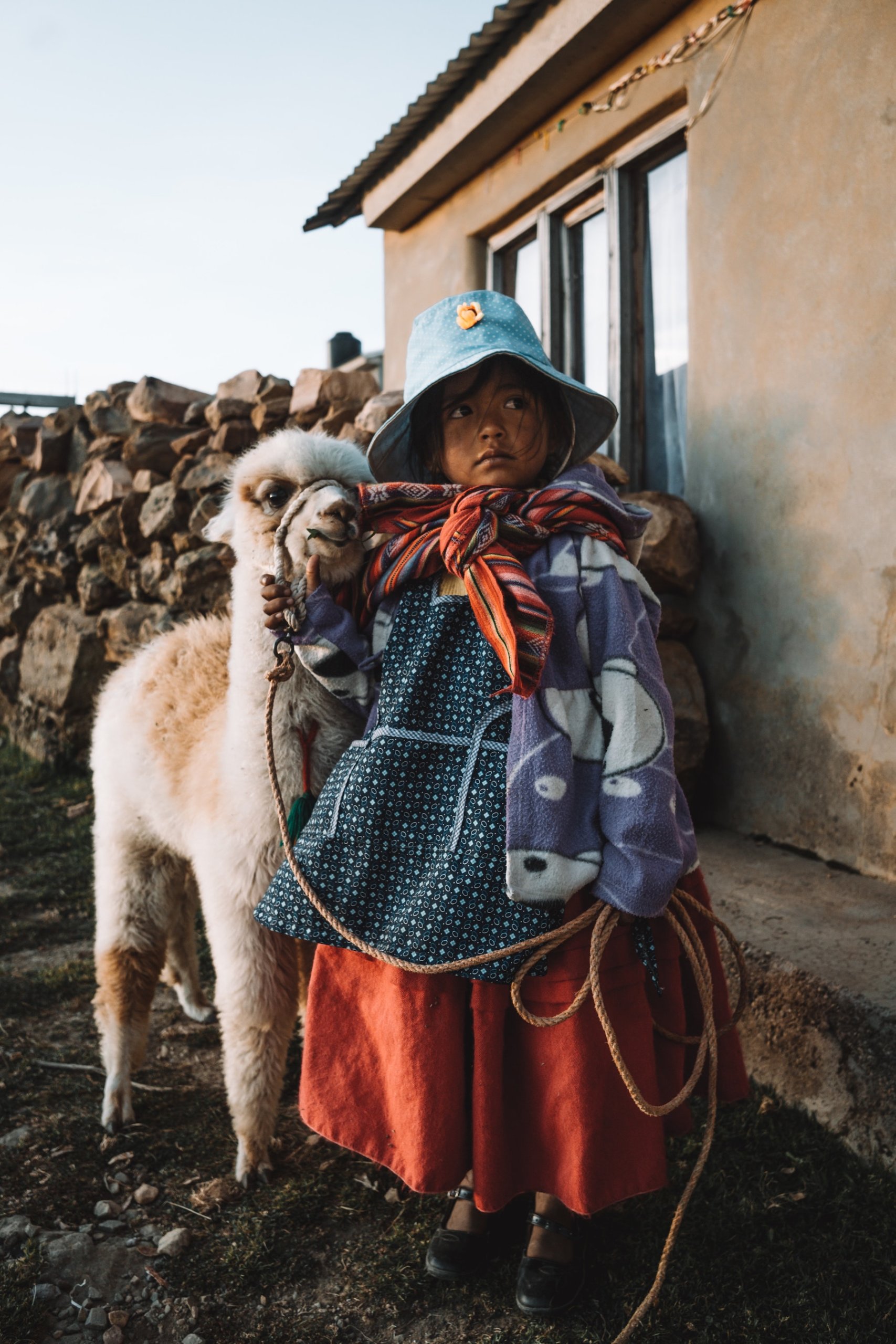
BUILD YOUR CLIENTS TRIP WITH OUR EXPERTS

BEST TIMES TO
VISIT BOLIVIA
June through July is dry and sunny but bitterly cold in the highlands; this is an excellent time to travel – as long as you have packed well. While the days are still warm, nighttime temperatures can drop to -20°C, and some tours have pre-dawn starts. Brrr! November to March is the rainy season, which disrupts both road and air travel, particularly from January onwards. As roads can flood, landslides are common, and fog and cloud can make driving or hiking in the mountains dangerous. January to March is not the best time to visit Bolivia if you plan to do outdoor activities such as hiking or cycling. However, the dusty landscape does make an excellent transition to a green, and wildflowers bloom on the mountain slopes. The majority of festivals fall from February to April, such as Carnival and Easter (Holy Week). These could form an essential part of your trip or be an inconvenient disruption to travel if roads or attractions are closed. So check with your operator before you go!
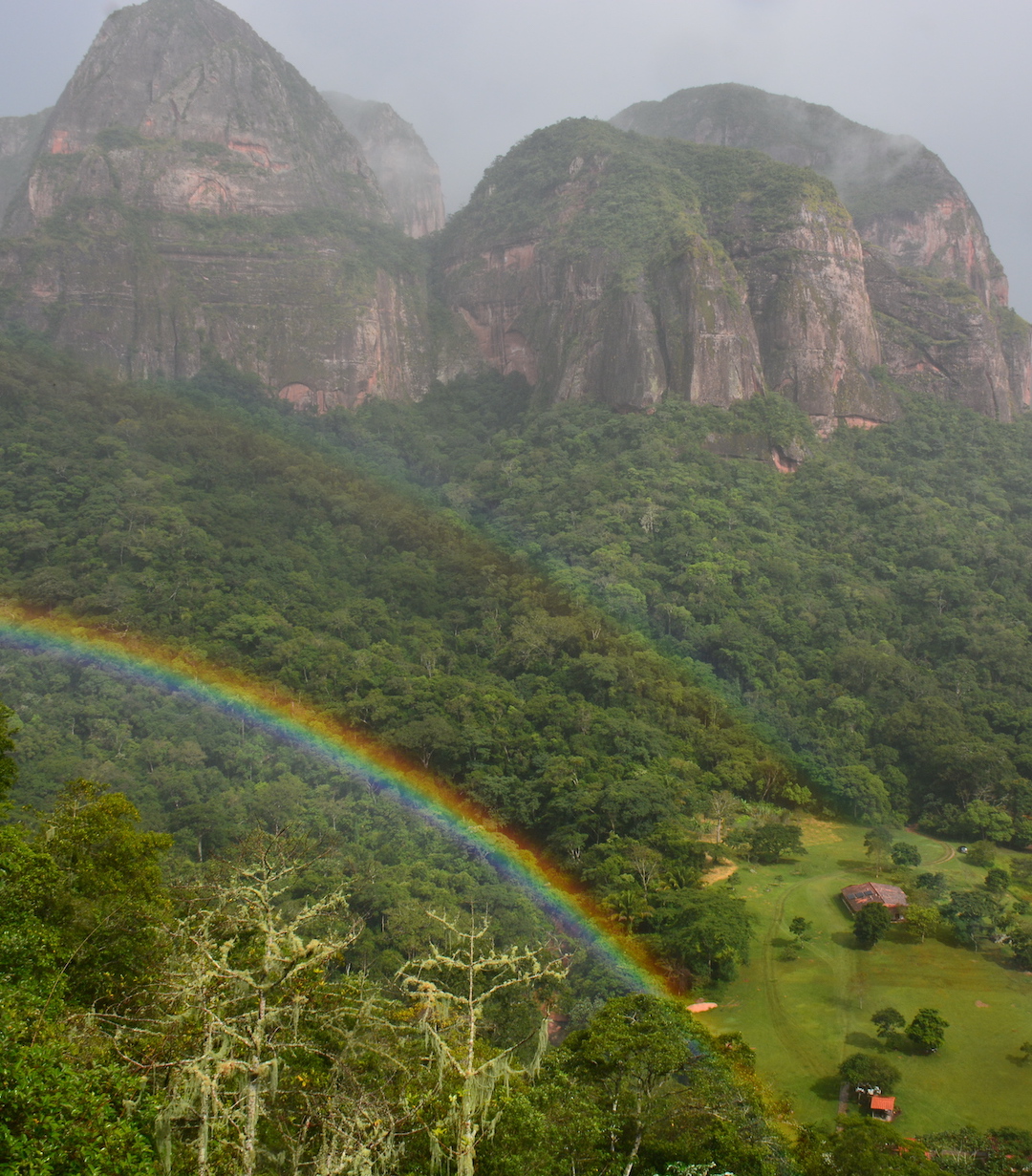
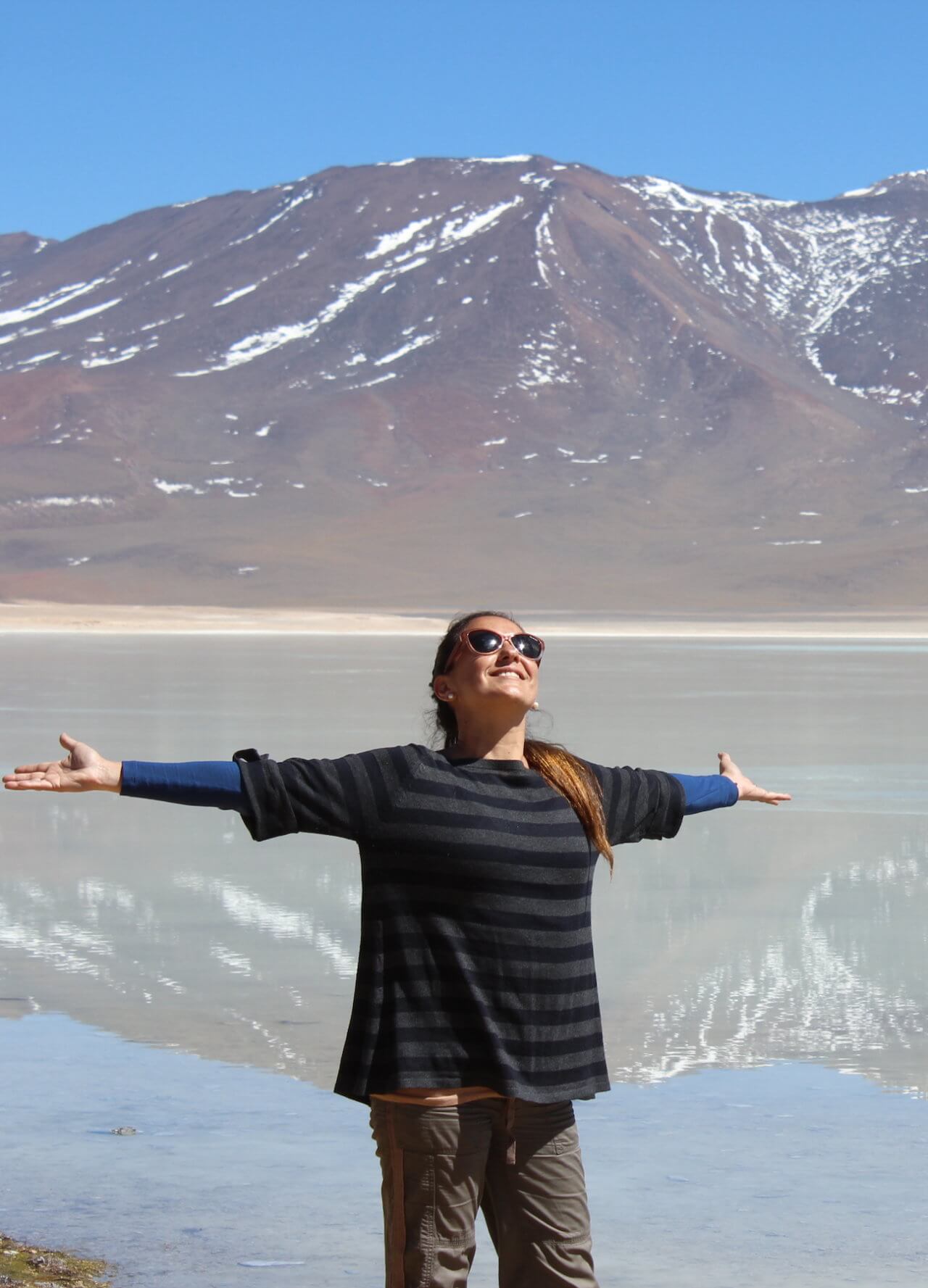
AT A GLANCE:
SEASONS & PEAKS
Summer (Dec-Feb) – Hot & Sticky – Avoid the North Side, flooding.
Autumn (Mar-Apr) – Fewer Crowds – Great time to go. See Wineries!
Winter (Jun-Aug) – Icy and Snowy – Ski lodges are open.
High season: Late Nov-Feb & July – Peak Pricing
Shoulder season: Sept-Nov & Mar-May
Low season: June & August – Low Pricing
REGIONAL WEATHER
| Jan | Feb | Mar | Apr | May | Jun | Jul | Aug | Sep | Oct | Nov | Dec | |
|---|---|---|---|---|---|---|---|---|---|---|---|---|
| La Paz & Titicaca |  |
 |
 |
 |
 |
 |
 |
 |
 |
 |
 |
 |
| Uyuni Salt flats |  |
 |
 |
 |
 |
 |
 |
 |
 |
 |
 |
 |
| Sucre & Potosi |  |
 |
 |
 |
 |
 |
 |
 |
 |
 |
 |
 |
Amazon & Santa Cruz |  |
 |
 |
 |
 |
 |
 |
 |
 |
 |
 |
 |

Sunny

Sunny Intervals

Showers

Cloudy

Snowy
COSTA RICA INFO
Capital City: La Paz
Currency: Bolivianos
Language: Spanish
In the country there are coins of 10, 20 and 50 cents and also 1, 2 and 5 Bolivianos. The bills have the following values: 10, 20, 50, 100 and 200. In the main cities of the country, the traveler will be able to change foreign currency-mainly US dollars- without any inconvenience. In La Paz, Sucre, Cochabamba and Santa Cruz de la Sierra, there are many “Casas de Cambio” – that are safer and offer a better guarantee in the transaction – and street cambistas that are not completely reliable. Travelers Checks tend to receive much lower exchange rates than U.S. Dollars, meaning you lose money in the exchange. Travelers Checks are also not accepted in many places
Mayor credit cards are accepted in the most important hotels, restaurants and commercial centers, however the same thing doesn’t happen in the smallest establishments neither in the remote towns. In general, Mastercard, Diners, Visa and American Express are very well acceptable.
We recommend visiting the website XE Currency Converter to get current exchange rates.
Customize Your Client's Experience
SAFETY
Despite being among the poorest countries in the region, Bolivia has very low levels of theft and violent crime. That being said, you should always be careful: do not have your valuables out in the open and travel with some clear common sense. Despite being among the poorest countries in the region, Bolivia has very low levels of theft and violent crime. That being said, you should always be careful: do not have your valuables out in the open and travel with some clear common sense.
VACCINATIONS
Some parts of Bolivia like La Paz (3650), Potosí (4010), Oruro (3950) and the Lake Titicaca region are situated at high altitudes, so adequate precautions against altitude sickness should be taken. Eat little, drink a lot; also sweets (sugar) help as well as coca leaves, which you can buy everywhere and are reputed to be useful against “soroche” (altitude sickness). Drinking bottled water and eating well-cooked food is strongly recommended. Bolivian drinking water -even in populated areas- often contains amoebae and parasites. In order to enter Bolivia, visitors must have previously received the international vaccine against Yellow Fever.
VISA
Nationals of the USA and the EU do not require a visa to enter Bolivia and are granted a 30 day travel visa upon arrival. Citizens of other countries may require a visa to enter Bolivia and it is generally advised that they contact the Bolivian embassy in their home country for information.The Wikipedia Visa Policy of Bolivia is a great starting point to begin exploring whether or not any particular nationality might need to obtain a tourist visa to visit Peru.
ELECTRICITY
Bolivia runs on 220 volts AC, 60Hz cycles. Some 4 and 5 Star hotels may have 110 volt outlets but this is not always the case. Make sure the electrical appliance you are plugging in is compatible with Bolivian power. If not it is very easy to buy both transformers and adapters within stores across the country.
FAMILY TRAVEL IN BOLIVIA
Bolivia is a must-see destination for all nature lovers and those who are passionate about culture and adventure. It is not a destination that is in any way prepared for luxury seekers, and is best enjoyed by travelers in good physical condition, with minimum comfort expectations. As many Bolivians do not speak English, it is recommended to have a basic knowledge of Spanish at least. Traveling through the country with small children is not recommendable: climate conditions, altitude and food conditions make it a difficult country to travel through for families. Minimum age we recommend is 14 years.
GETTING AROUND BOLIVIA
Getting around in Bolivia can be pretty challenging. Most of the roads are unpaved and public transport (although it will give you a true Bolivian experience) can be cumbersome to say the least. Flying is the most comfortable option and for sure our recommendation for longer distances. However between some cities your only option will be local transport (Uyuni – Potosi and Sucre – Potosi for instance). Wherever you can, book a tourist class bus (the more comfortable seats), which are not only a bit less Spartan, but will also save you several hours because they make less stops. Whichever way you travel, expect delays and long journeys, but it will be worth your while…
our countries
tried it before, we can help you out with the planning to make
sure you get an awesome experience.
